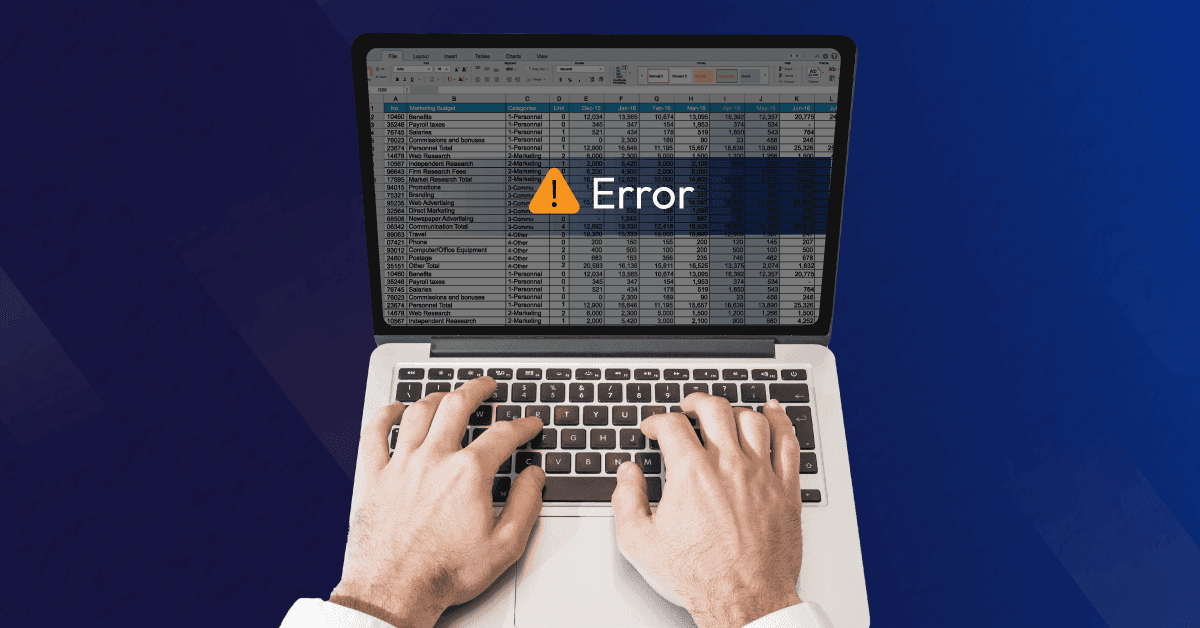Grand View Research says, “Global AI is growing at a CAGR of almost 40% and is unlikely to slow down in the near future.”
The rapid expansion of AI can be attributed to its numerous advantages, such as automating routine tasks, enhancing efficiency, delivering tailored experiences, reducing human errors, etc. However, this growth also presents significant challenges, including privacy invasion, biased decision-making, and job displacement. To navigate these issues, firms need a robust AI ethics and governance framework.
AI ethics and governance structure mitigate risks and ensure that AI development and deployment align with societal values. Furthermore, it protects individual rights and promotes social good, enabling organizations to harness AI’s full potential responsibly.
In this blog, we will look at AI ethics and governance details and ways to establish the framework effectively.
But first, let’s start with the basics!
What is AI Ethics and Governance?
AI ethics and governance involve principles and guidelines to ensure that AI technologies are developed and used as per societal values and ethical standards. AI ethics focuses on the moral implications of AI systems, addressing issues such as fairness, transparency, privacy, and accountability.
Governance is the creation and enforcement of policies and practices that oversee the responsible use of AI. Its goal is to maximize the benefits of AI while mitigating risks and ensuring compliance with regulatory requirements. Together, AI ethics and governance guide the ethical development and use of AI, fostering trust, equity, and positive societal impact.
Now, let’s go through its benefits.
Importance of AI Ethics and Governance
According to IBM, “Almost 75% of corporate executives ranked AI ethics as important.”
The above statistics clearly depict the significance of ethical consideration as a cornerstone of Artificial Intelligence practices. Let’s explore its importance in detail –
- Promotes unbiased and equitable AI systems by addressing and mitigating biases in algorithms and data.
- Safeguards personal data and ensures that AI systems handle information securely and transparently.
- Establishes clear responsibilities and mechanisms for addressing the misuse or failures of AI technologies.
- Fosters confidence in AI systems by demonstrating a commitment to ethical practices and societal values.
- Helps organizations adhere to legal and regulatory requirements, reducing the risk of legal issues.
Now, let’s look at its various components.
Components of AI Ethics and Governance
Each component plays a vital role in fostering responsible AI. Let’s explore them in detail below.
Key Components of AI Ethics
a. Fairness & Non-Discrimination: AI systems should treat all individuals equitably, avoiding biases that could negatively impact certain groups. This involves regularly testing and adjusting algorithms to prevent discriminatory outcomes, thereby promoting equitable treatment across diverse populations.
b. Transparency & Accountability: Transparency in AI involves making the processes, decision-making logic, and data sources of AI systems clear to stakeholders. Accountability ensures that there are clear lines of responsibility for AI outcomes, allowing for oversight and rectification if AI systems cause harm.
c. Privacy & Data Protection: AI systems must safeguard personal information from unauthorized access or misuse. This involves implementing robust security measures, ensuring data anonymization, and complying with regulations like GDPR. It helps protect individuals’ privacy, maintain confidentiality, and build user trust in AI technologies.
Key Components of AI Governance
a. Regulatory Compliance: AI systems must adhere to existing laws and regulations. Compliance ensures that AI applications operate within legal frameworks and meet industry standards. This involves regular audits and updates to stay current with evolving regulations.
b. Risk Management: Identifying and mitigating potential risks associated with AI is critical. This includes assessing the impact of AI on society and addressing any negative outcomes proactively. Effective risk management helps prevent harm and promotes safer AI deployment.
c. Stakeholder Engagement: It involves all relevant parties in the AI governance process, including developers, users, policymakers, and the public. This inclusive approach ensures the consideration of diverse perspectives and needs, leading to more ethical and equitable AI systems.
Now that you know the AI ethics & governance components, let’s understand how firms can create an effective framework.
How to Establish AI Governance Framework in Your Firm?
Establishing an AI governance framework in your firm reduces legal, ethical, and operational risks. Let’s take a look at how you can achieve this –
Formulate Ethical Guidelines and Policies
Businesses must establish clear and concise guidelines for AI usage within their organizations. These guidelines should address fairness, privacy, and data handling to ensure ethical AI practices. For example, AI algorithms used in recruitment should be neutral toward gender, ethnicity, or age.
Once established, these policies should be thoroughly documented and integrated into the company’s operations. Furthermore, reviewing and updating these guidelines regularly is essential to address new ethical challenges and technological advancements. This ensures that the policies remain relevant and effective over time.
Establish a Cross-Functional AI Ethics Committee
To ensure a balanced and comprehensive approach to AI ethics, form a dedicated committee comprising representatives from various departments, including IT, Legal, and HR. This committee will develop and enforce AI ethics policies, address integrity-based dilemmas, and ensure compliance with relevant guidelines.
For example, a fashion brand implementing AI for personal marketing may include marketers, legal experts, and data scientists in the committee. This ensures that the business goals of targeted marketing and ethical concerns, such as data protection, are addressed.
Implement Transparency and Explainability Measures
It is vital to establish transparency and explainability as core principles in the AI governance framework. For this, begin by documenting how data is collected, processed and used in AI systems. Next, utilize model interpretability tools such as partial dependence plots and SHAP to help end users understand how AI makes decisions.
For instance, a bank using AI for loan approvals should provide clear criteria for rejection or acceptance. These will help users and project stakeholders understand AI, build trust and ensure decisions are upright and impartial.
Train Workforce for Responsible AI Use
According to Deloitte, “56% of executives don’t know if their organizations have ethical standards for guiding the use of generative AI.”
To establish an effective AI governance framework, comprehensive training programs should be developed that focus on ethical AI practices, data privacy, regulatory compliance, and bias awareness. This will teach employees the principles of transparency, accountability, and fairness while working with AI systems.
In addition, organizations can customize the training to fit the needs of different teams. For example, the finance team should be trained to use AI models in trading services, keeping financial regulations in mind. In contrast, the customer service team should be equipped with the ethical use of AI-powered chatbots to maintain customer transparency.
Engage Stakeholders and Obtain Feedback
Actively involve various stakeholders in the AI governance process and consistently gather their feedback on AI systems and policies. This includes seeking user feedback on AI-driven services and collaborating with business partners to address ethical concerns. For example, an e-commerce company could gather customer opinions on personalized AI recommendations to improve the system.
By aligning AI policies and practices with stakeholder expectations, you can enhance their effectiveness and ensure they address real-world concerns and needs. Additionally, maintaining this ongoing dialogue fosters transparency and trust in AI initiatives.
Regularly Audit and Monitor AI Systems and Policies
Lastly, conducting routine audits of AI systems is crucial to ensure they comply with ethical guidelines and regulations. For this, firms can set up comprehensive audit schedules to evaluate the effectiveness of AI models and assess compliance with ethical guidelines.
Tracking AI performance metrics is also imperative to identify anomalies and deviations from expected behavior. This includes detecting biases, unexpected outcomes, or errors that could pose a threat to users or stakeholders. Frequent audits ensure your AI systems remain practical, ethical, and aligned with evolving standards and expectations.
Conclusion
AI ethics and governance are pivotal for guiding the development and deployment of AI technologies in a manner that aligns with societal values and regulatory requirements. By embracing these above-mentioned strategies, organizations can create a strong framework that supports ethical AI practices. This also helps ensure that AI is utilized responsibly while mitigating potential risks.








